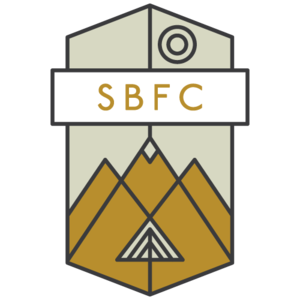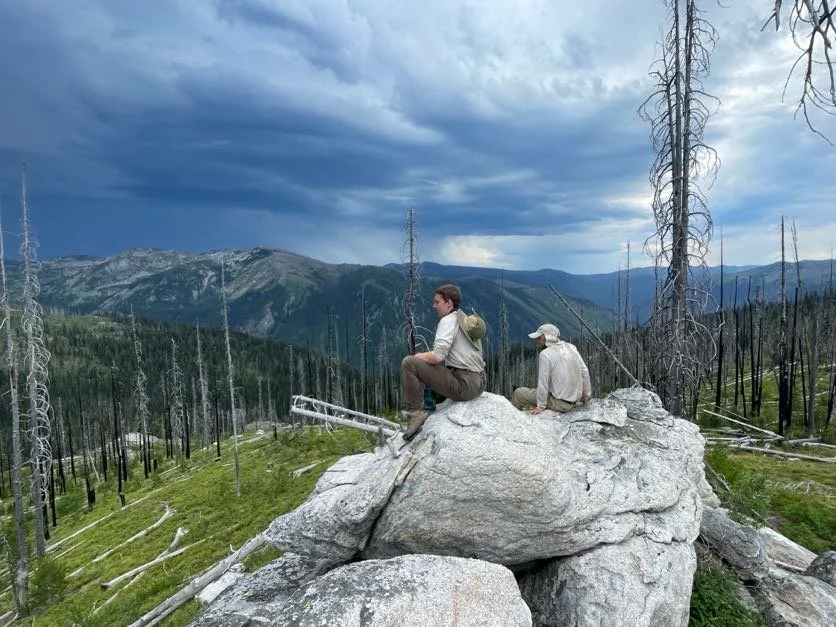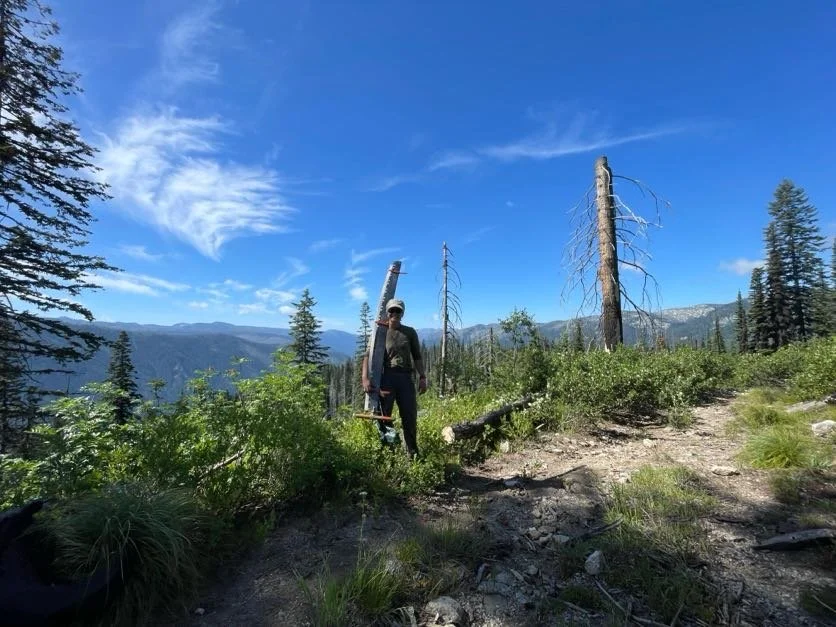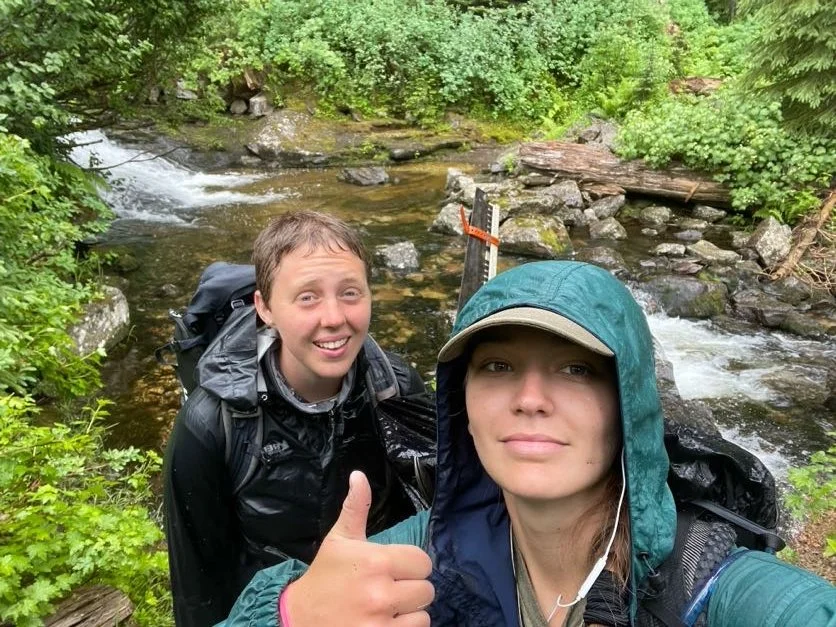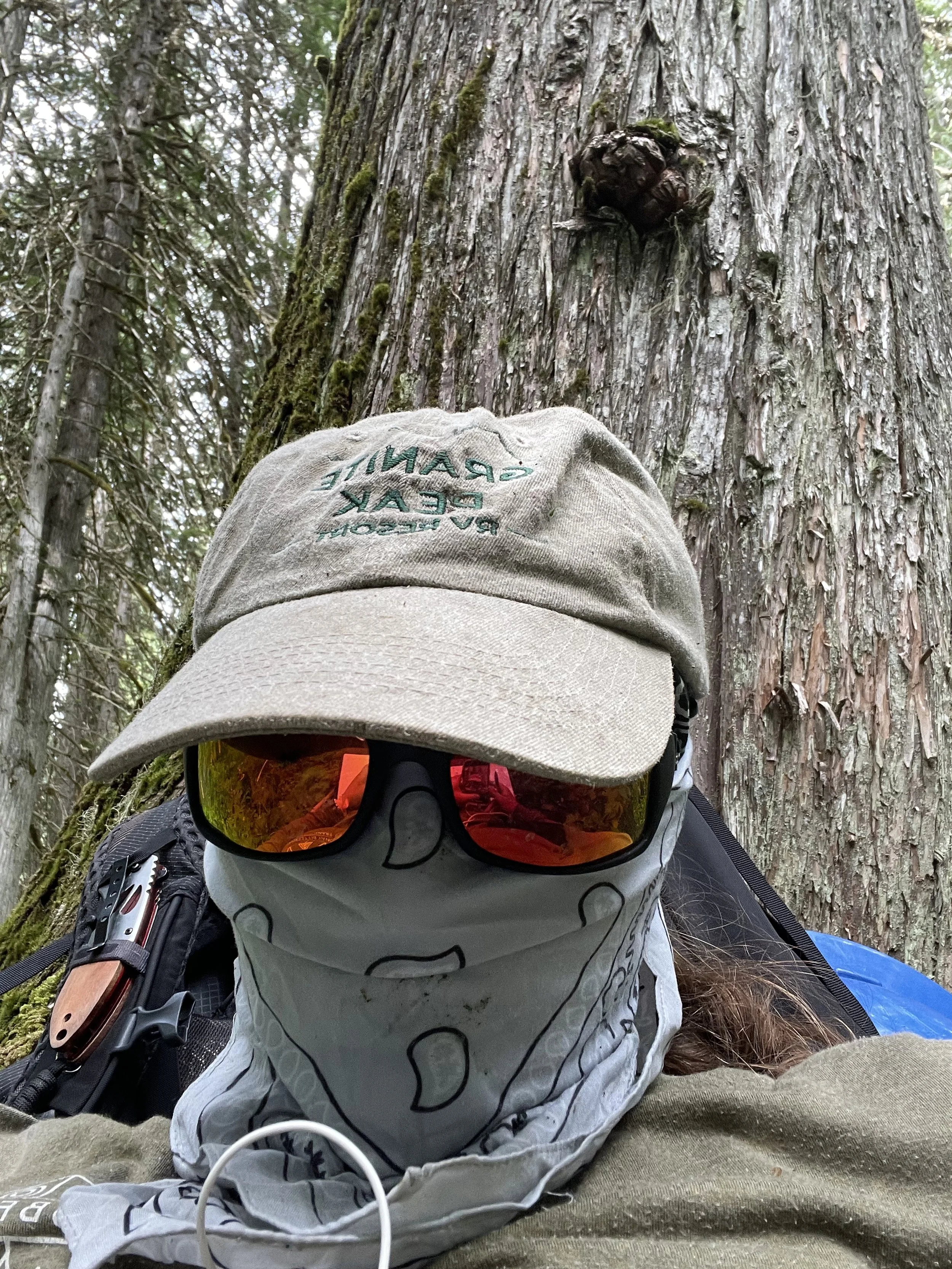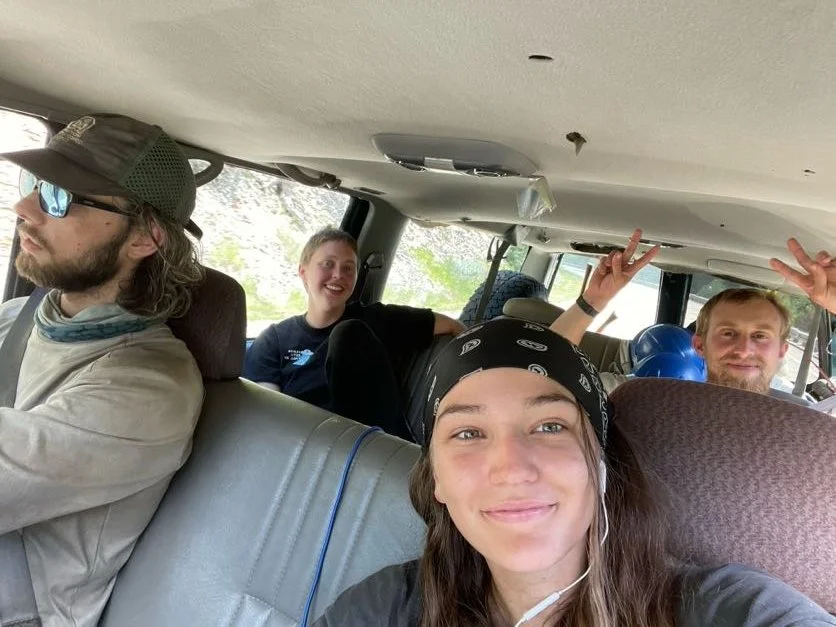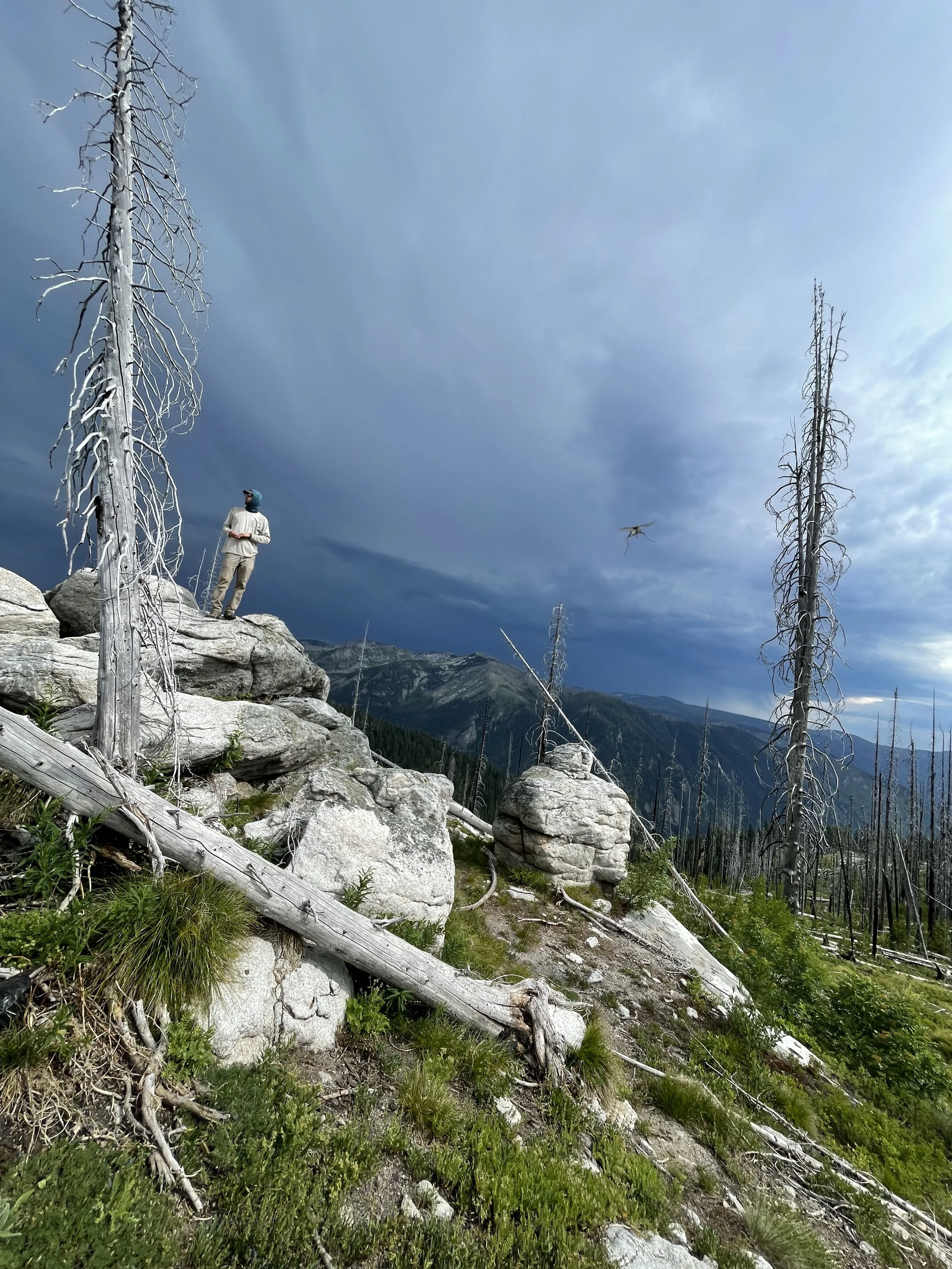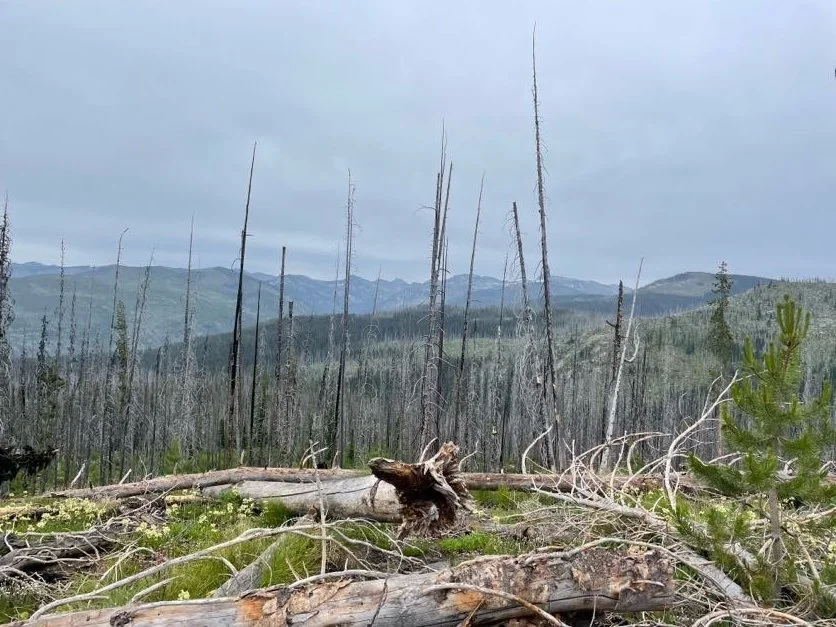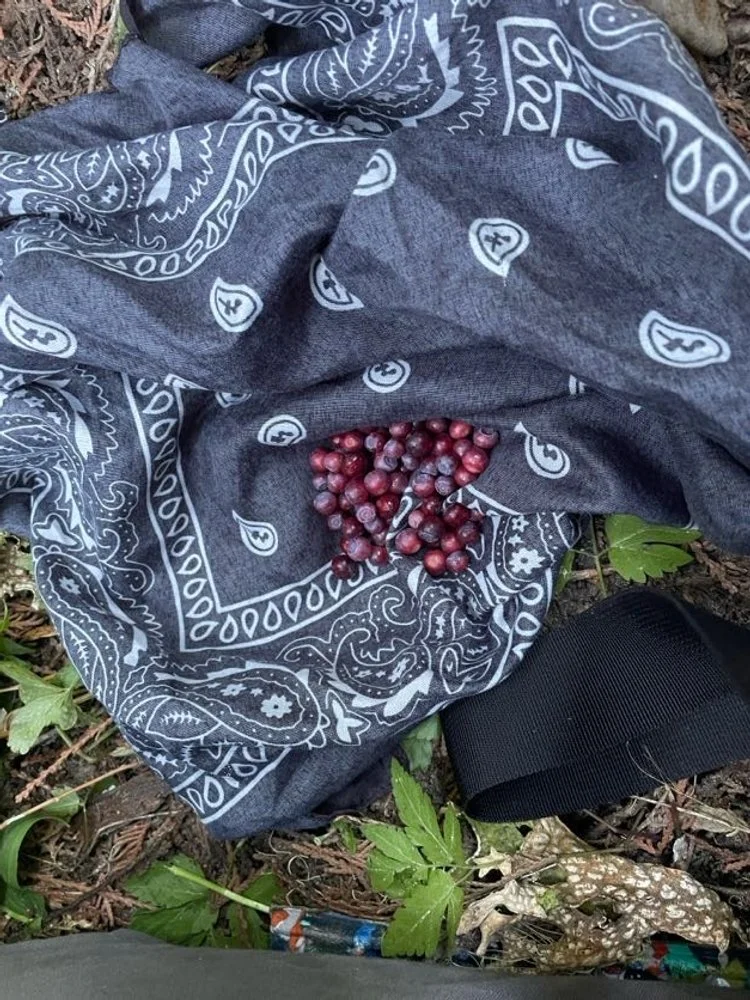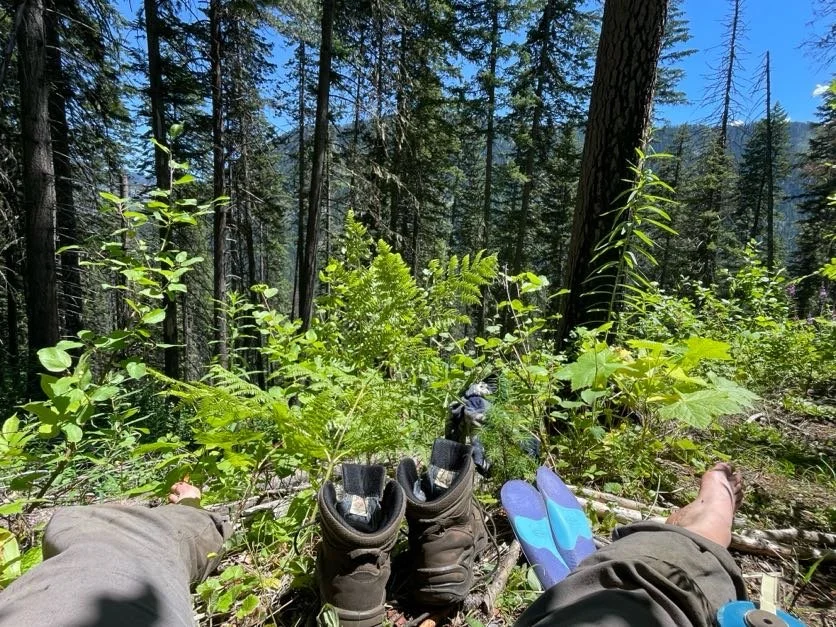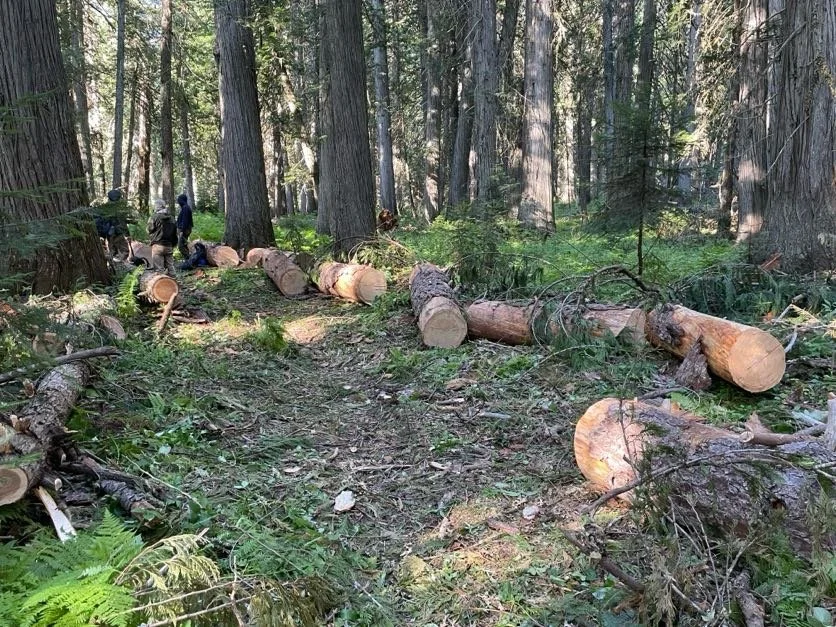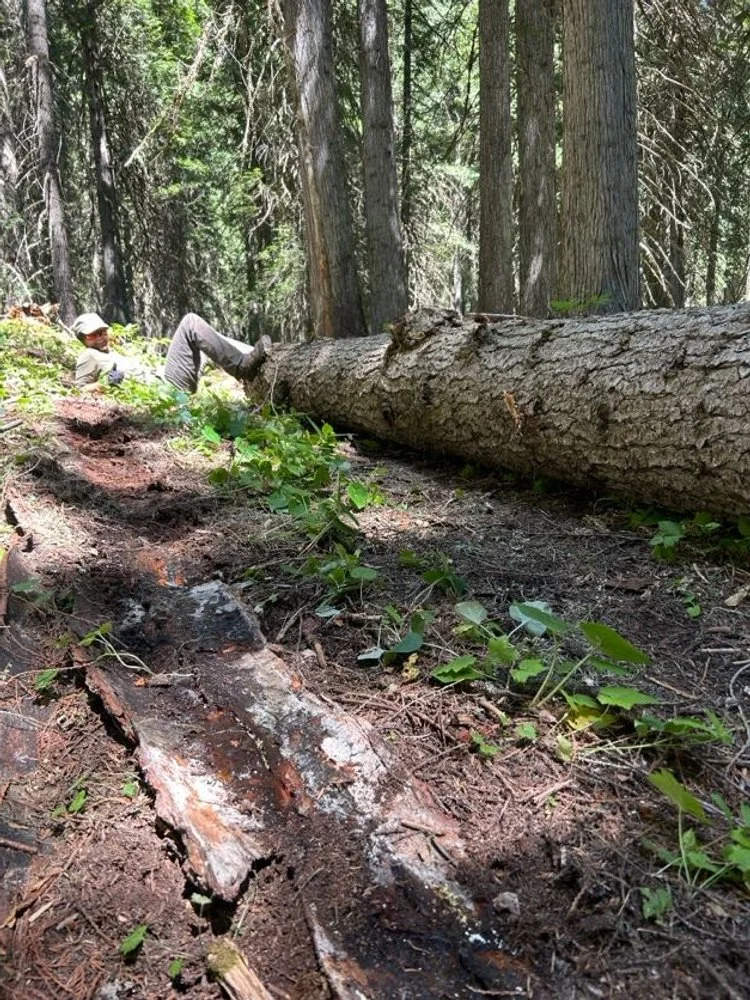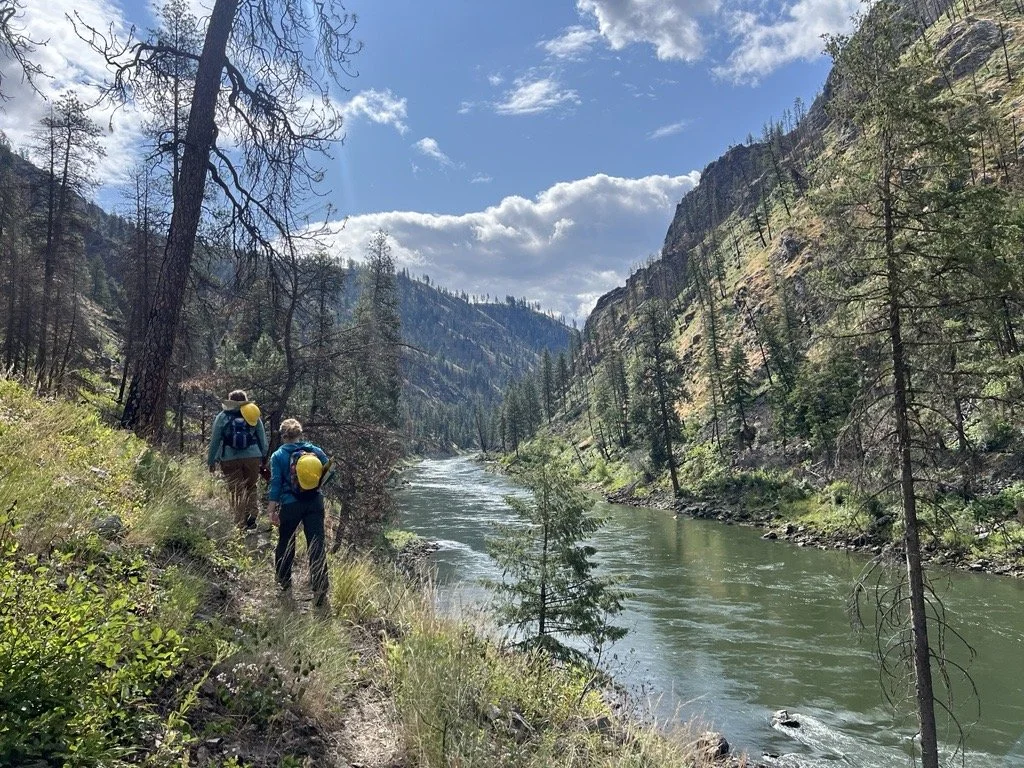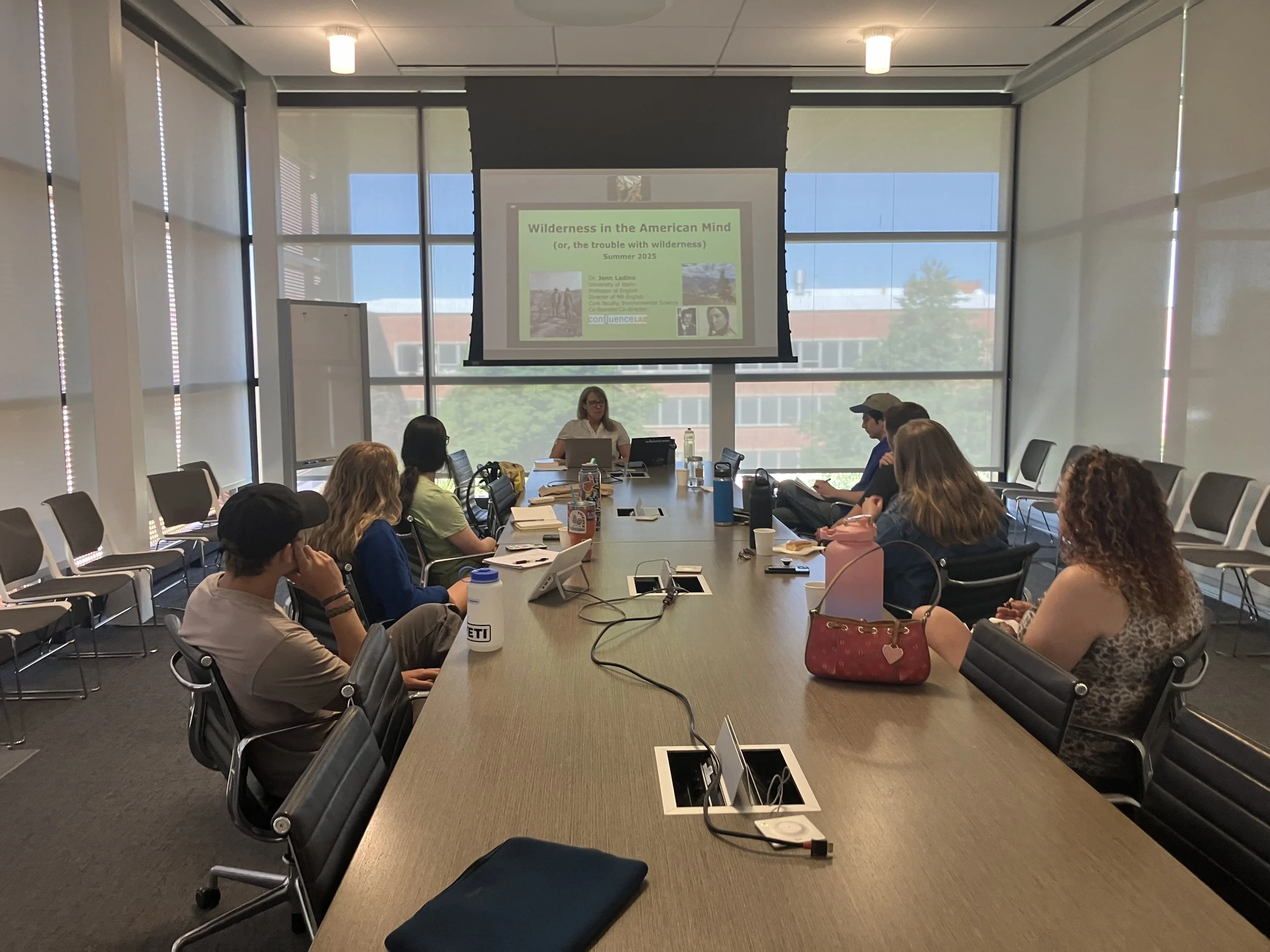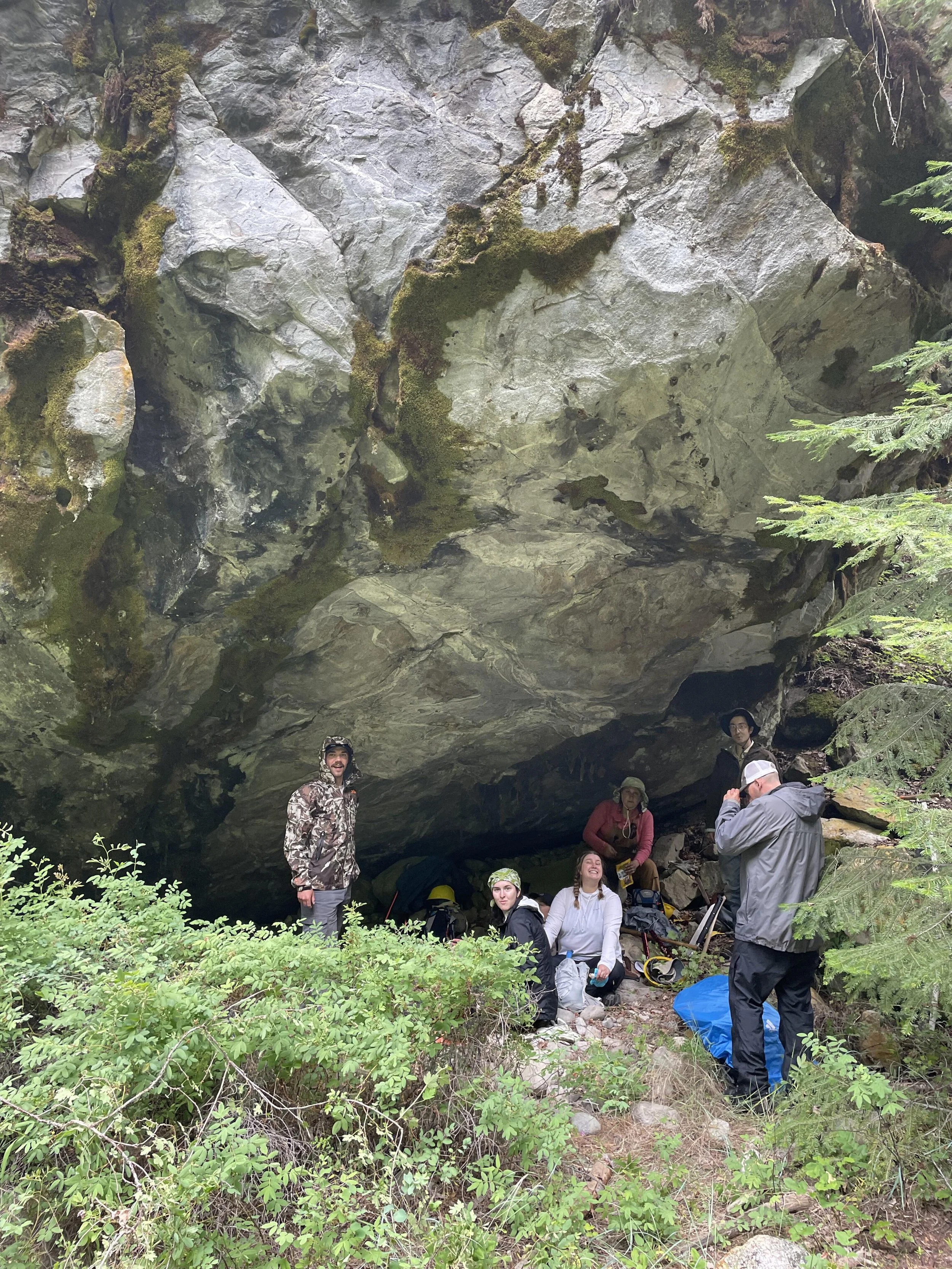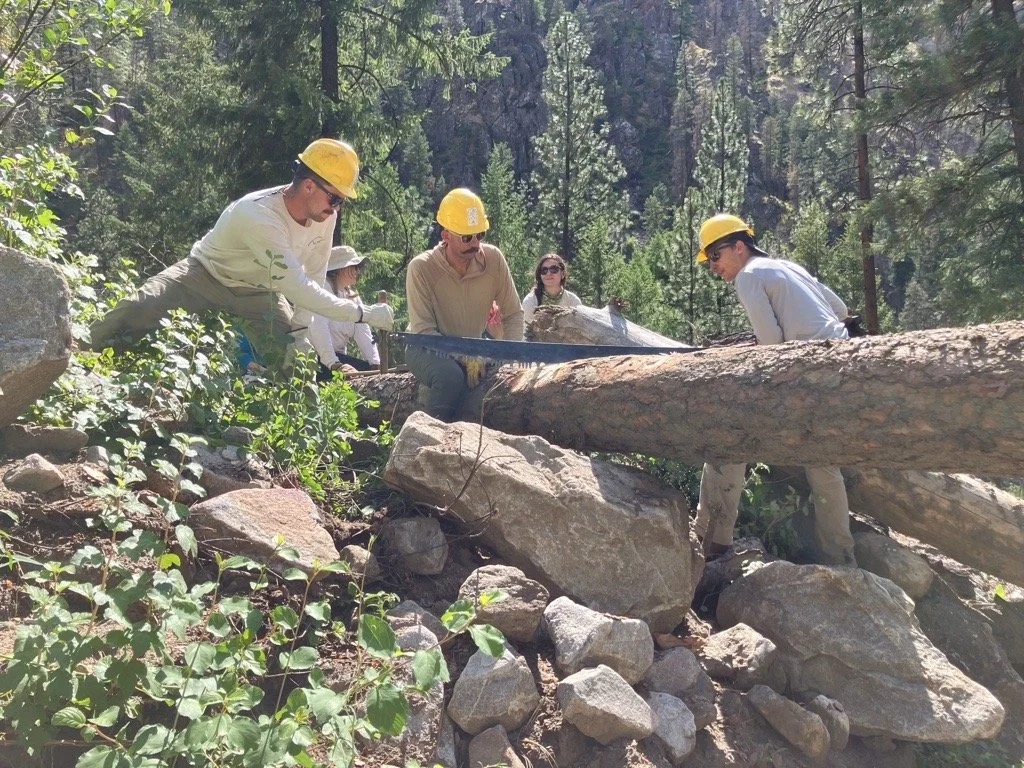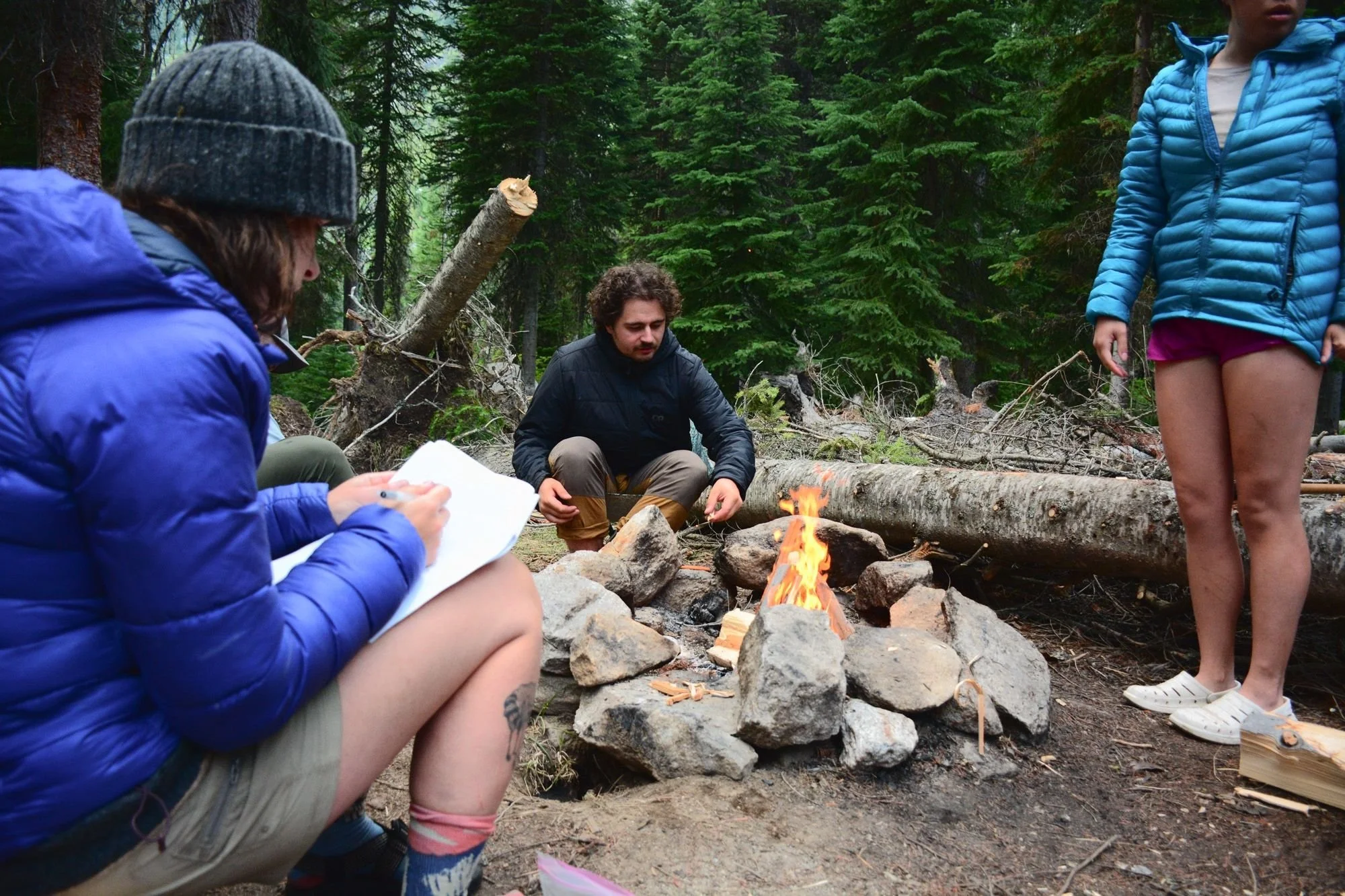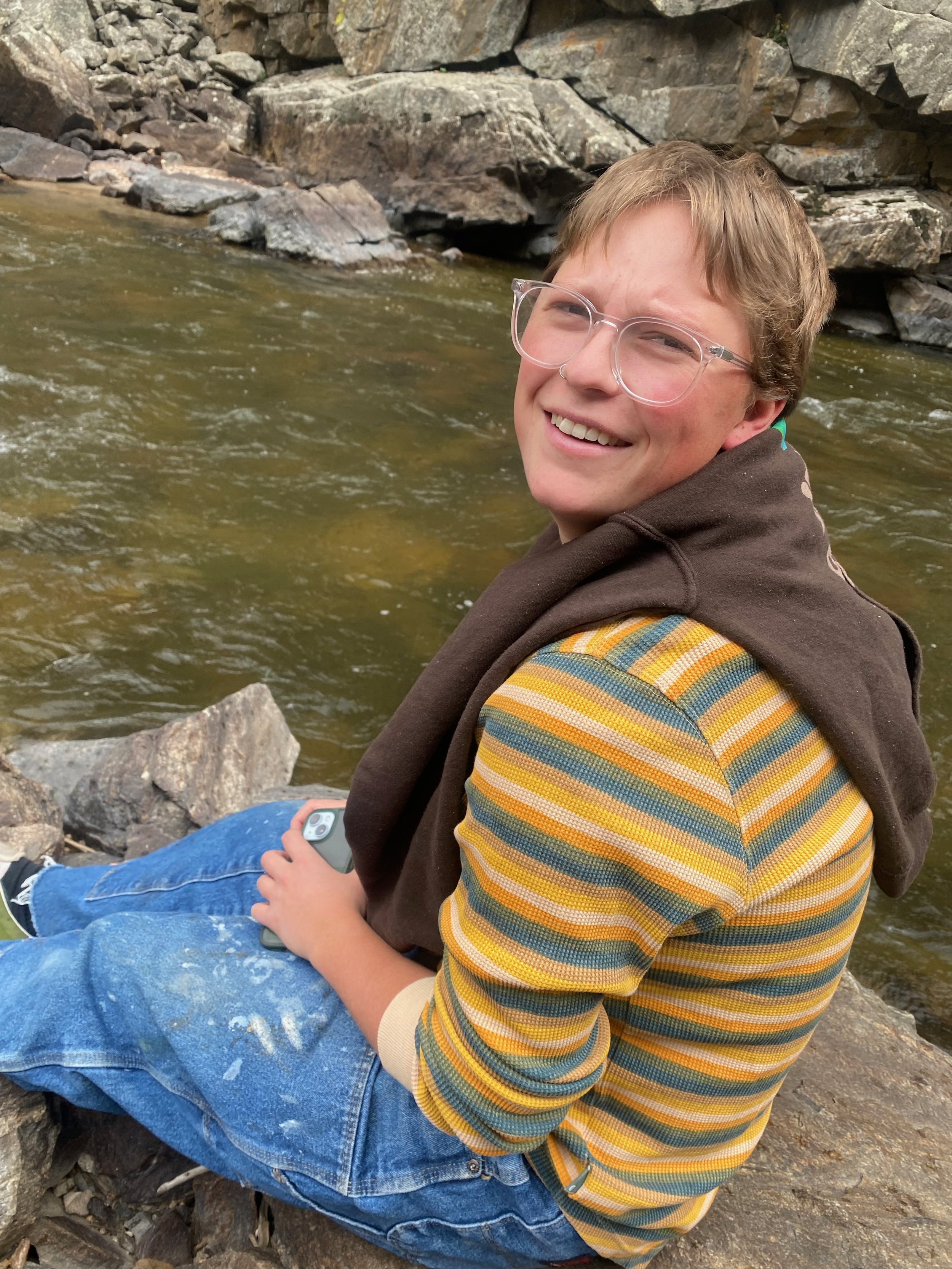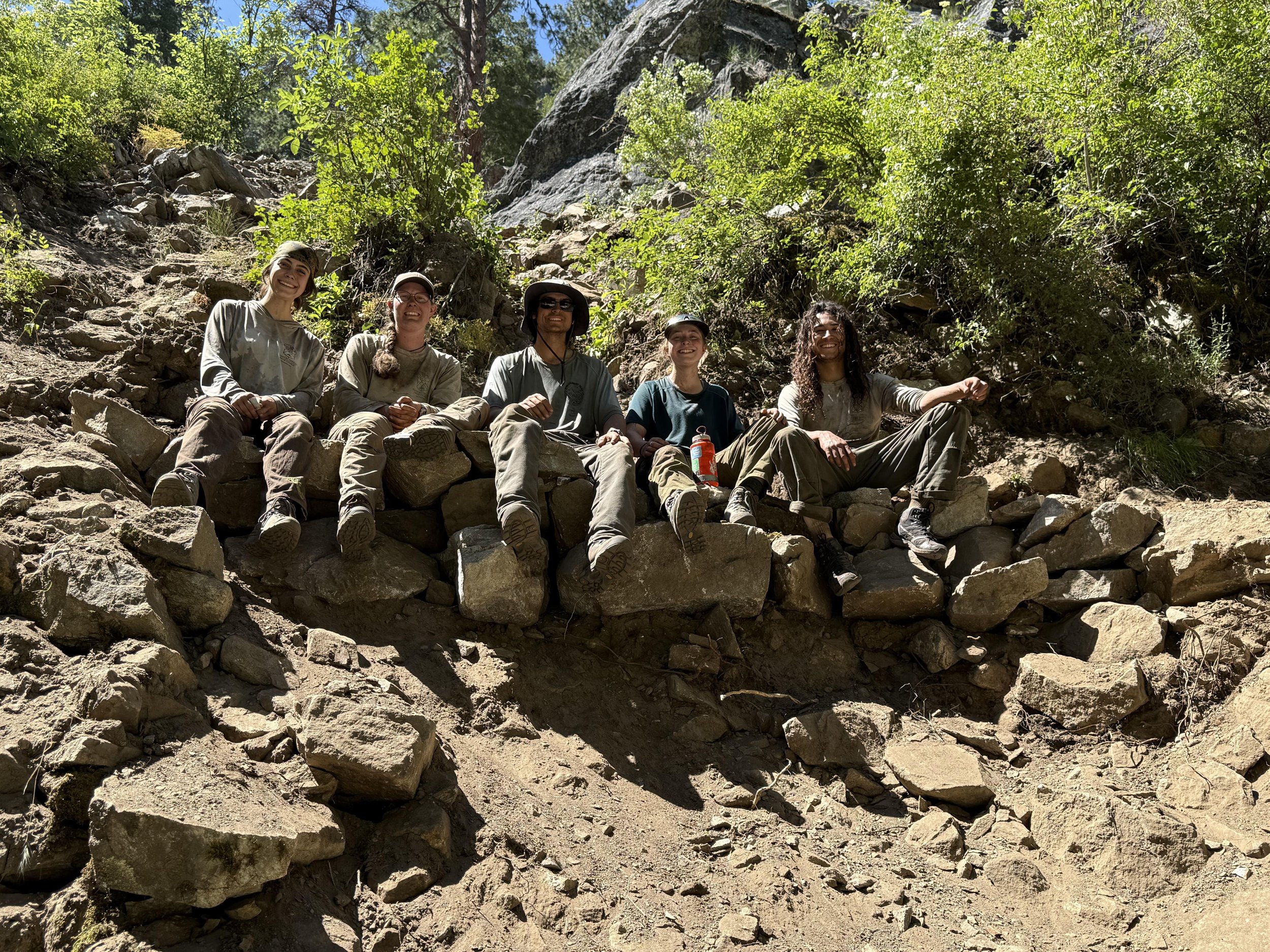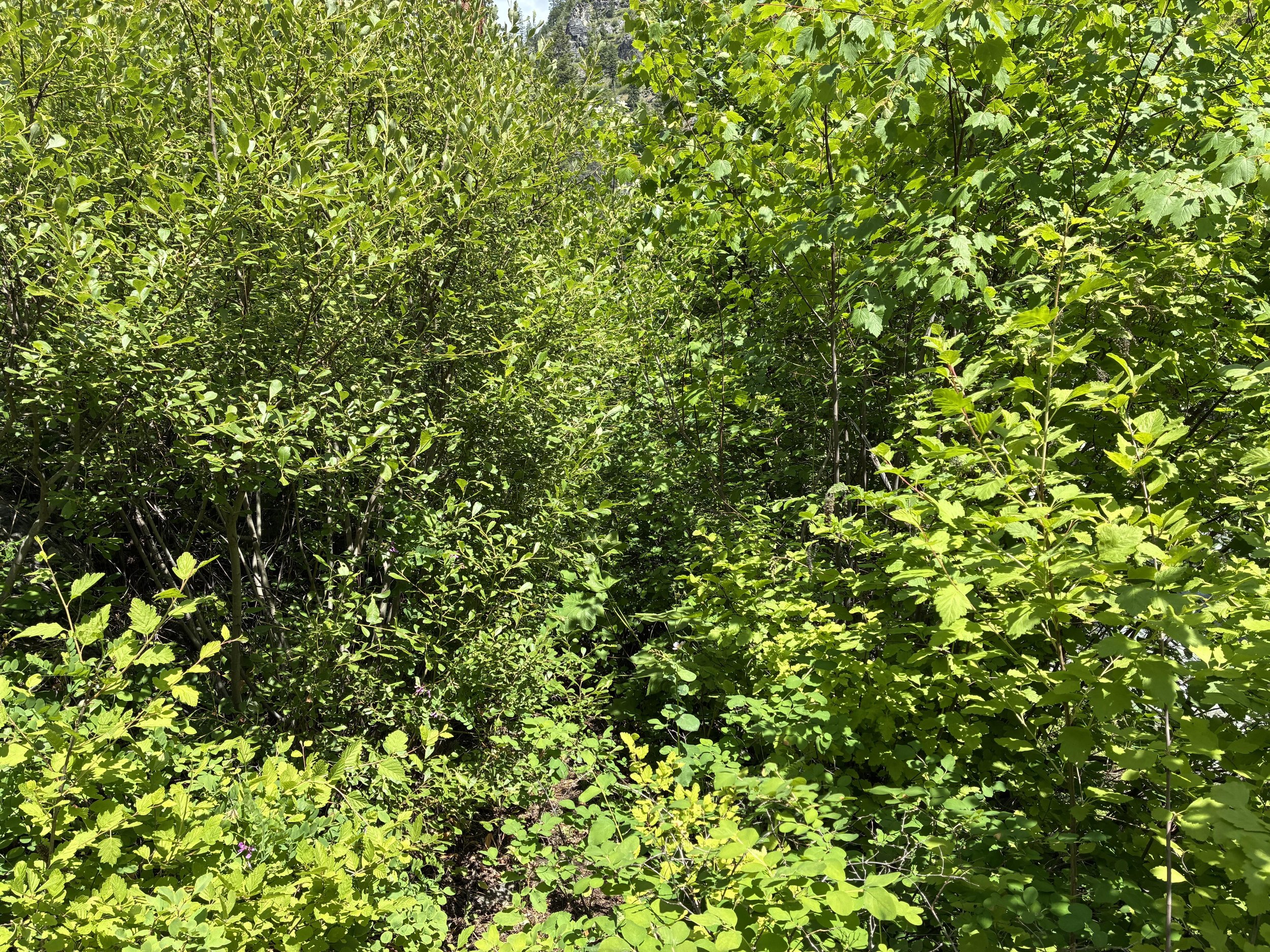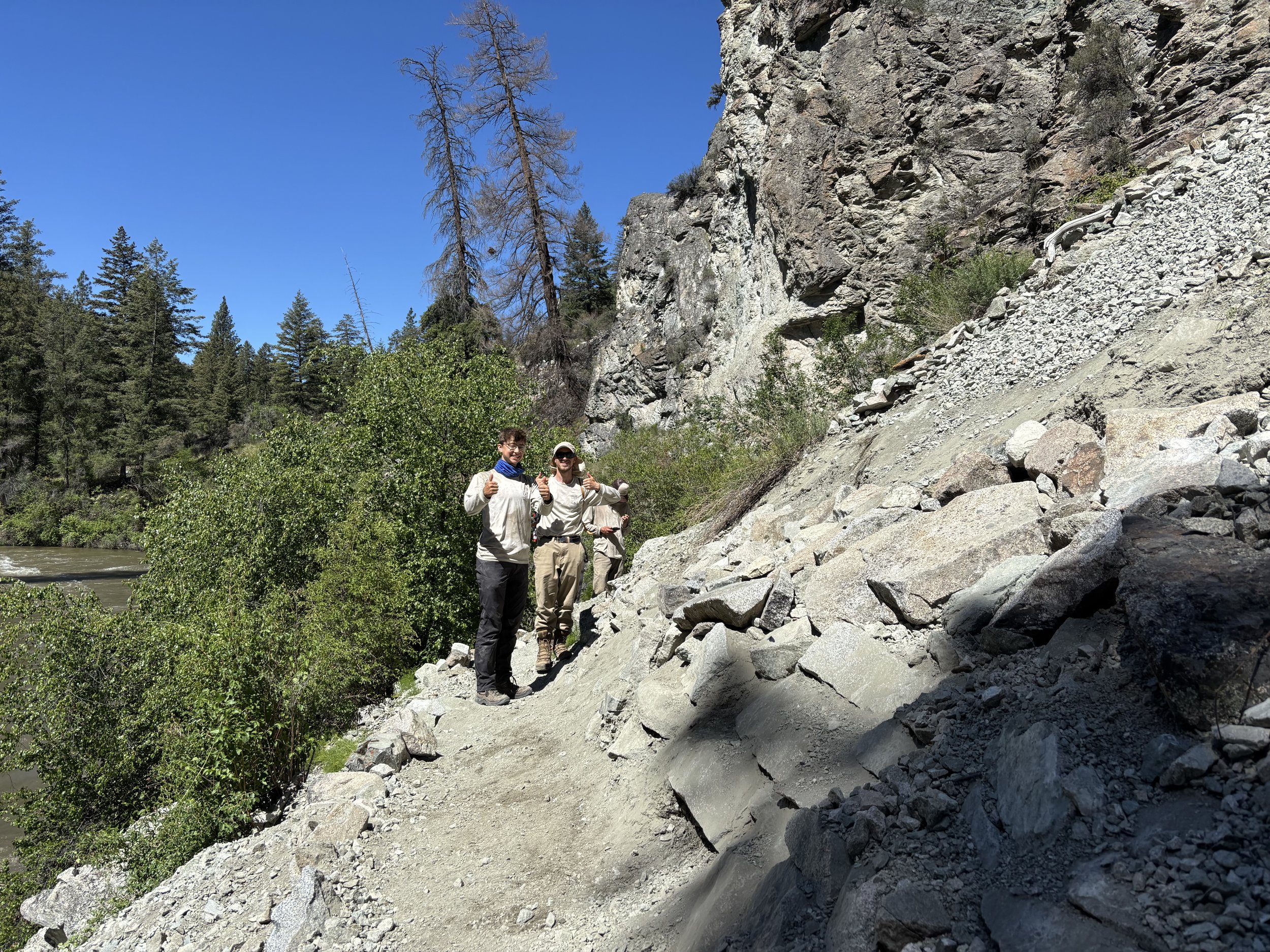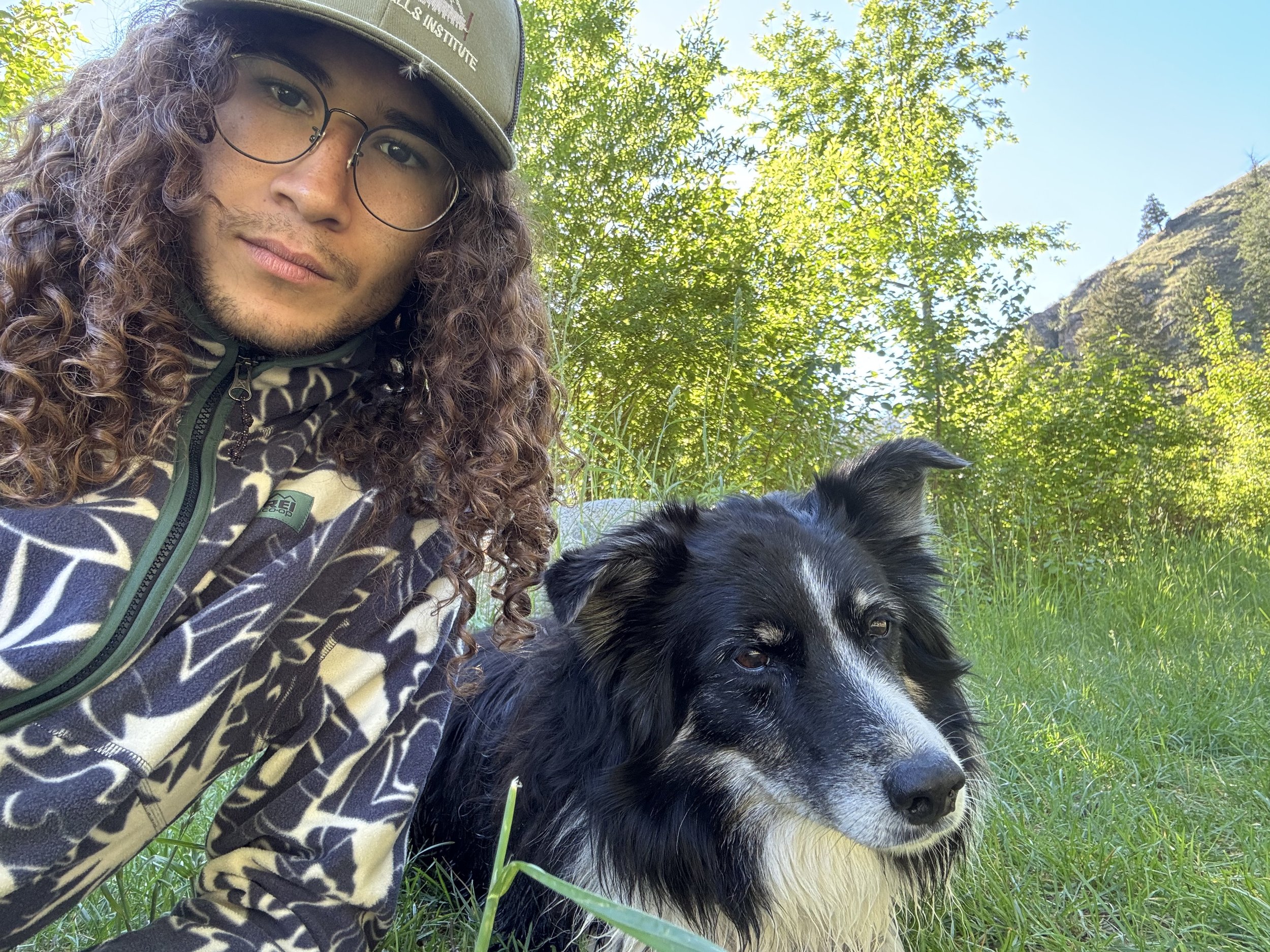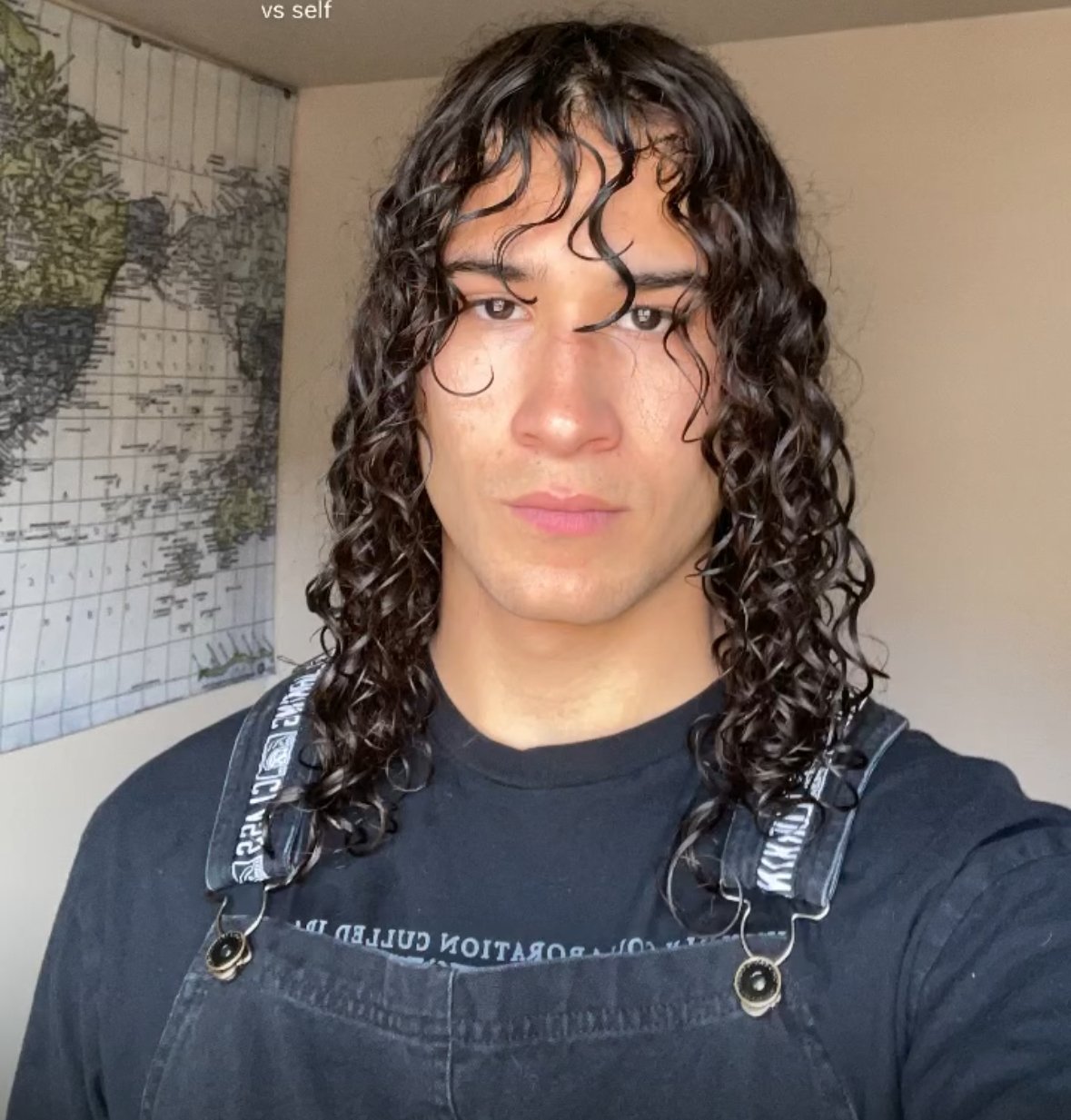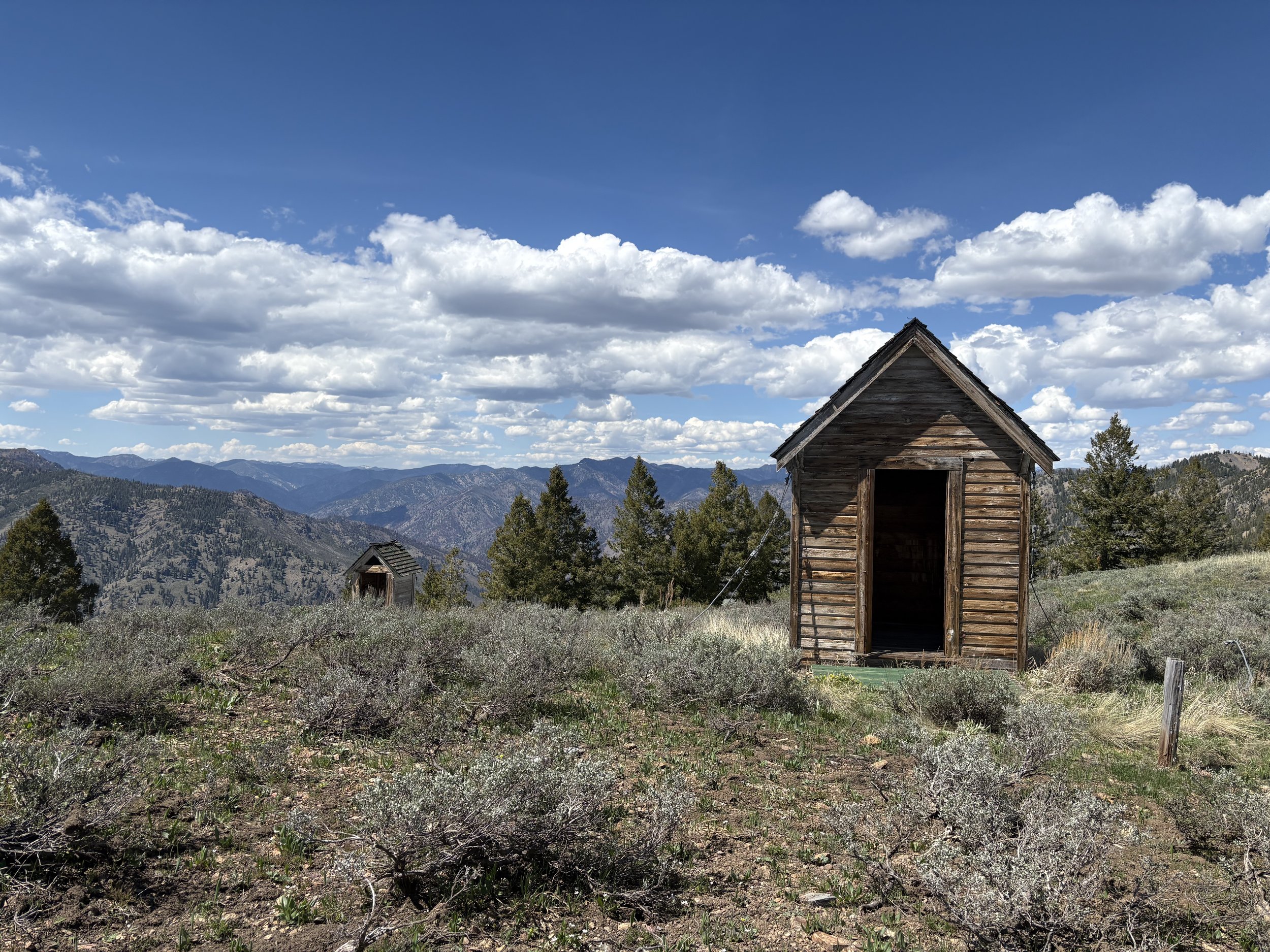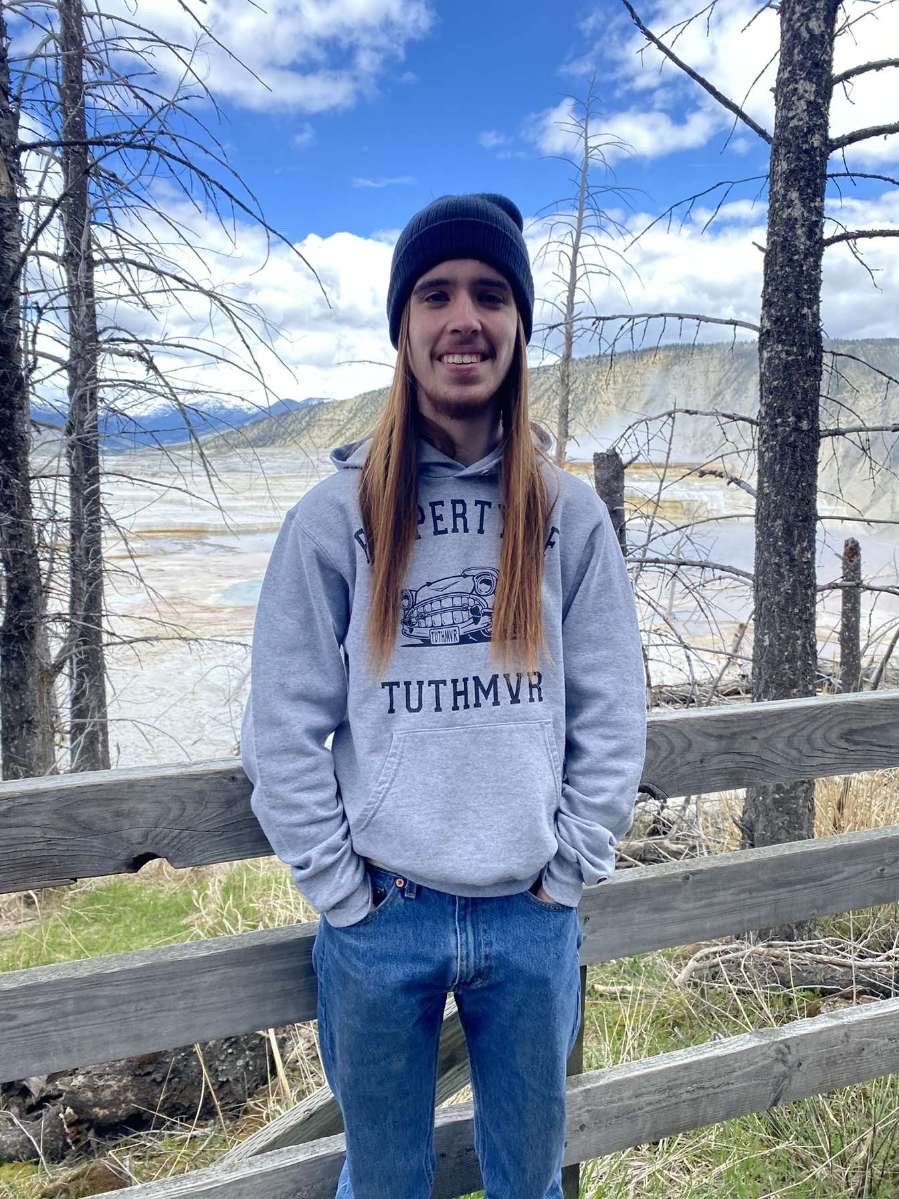Josie Chaffin
Wilderness Ranger Fellow
Wye Fire/Elk Summit Trail, Nez Perce-Clearwater National Forest | Selway-Bitterroot Wilderness
7/2/25-7/9/25
Mary and Jack (day 1) at “Cache Rock” right after we finished up work for the day.
I’m not too sure where to even begin with this hitch- Let me first say I believe it to be my hardest one yet. I know, you’re probably thinking; “Oh no, something terrible must have happened for her to say that”. That’s a reasonable assumption, yes, but not actually entirely accurate. I think what made this particular hitch so hard was actually the mental aspect. I don’t think I have questioned myself or my ability quite this much on any hitch yet, and that is saying something since I backpacked almost every day of our training hitch (in the Frank), and removed over 100 ticks from my clothes over the course of 5 days. This outing was something else entirely- Something of a mental test.
Me and crosscut 4A a few miles into the ridge trail.
We began our work from the trailhead of Elk Summit in the Nez Perce-Clearwater National Forest on 7/2/25. Upon arrival, we became breakfast for the mobs of mosquitoes who reside and rule over Hoodoo Lake. After rushing our setups to avoid being terrorized, work started immediately. Our initial tree was visible only a few feet into the trail. The first few miles of the trail were along the ridge, and not too impeded since it had been cleared the year prior. We moved through it pretty quickly, and were greeted promptly by some of the most beautiful views I’ve ever encountered (with only moderate effort) since we started our ordeal from the summit trailhead. We continued work as normal down the mountain, until the EOD on the 3rd, when we bumped all of our tools back to our trailhead camp after receiving a request in which we could not refuse: “You could be heroes.”
I mean… What else can you say but “yes” to that?
Mary and me, crossing the creek on July 4th on our Big Sands side quest.
So, on the morning of July 4th (happy belated independence day), we ventured into a side quest that had some unfortunate delays and consequences… but ultimately ended in a massive morale boost. We (the fellows) wandered upon a fork, and essentially climbed multiple miles towards Diablo Lookout, when in fact, we were meant to be climbing down into the trail known as Big Sand. That detour in of itself was a bit of a spirit breaker, when realizing the oatmeal you had for breakfast just went into climbing the wrong mountain trail. Once we were retrieved by a slightly distressed lead (sorry, Brendan) we got to work… just in time for the sky to open up on us. The first major tree my co-fellow Mary and I handled on this trail- dubbed Avocado- was massive. We weren’t at all sure how to clear the thing, which was basically vertical on a slope in a gullied trail- in the pouring rain, when Josh Page (the mythical SBFC Wilderness Program Director) arrived just in time. The three of us were able to slide multiple runners under the base of this 24”+ diameter log and essentially shove it off the side of the mountain (by the sheer power of Mr. Page’s ingenuity & some elbow grease). Multiple interesting trees followed, and as the day went on, the wetter and colder it got. By lunch, we were all huddled together on the damp remains of a broken bridge, soaked through, silently eating our wet, dirty tortillas. If I recall correctly, my toes were entirely numb. By the end of the work day, I felt a little delirious- certainly, it was the strangest Independence Day I had ever experienced. On the hike back out of Big Sands (which was back uphill), I fell approximately 4 times, one of which was directly and fully into a creek. By the time I arrived at the trailhead, I was shivering and the pinpricks of numbness had begun to travel from my fingers and toes further up my limbs. As the rig came into view, relief swept through me, but also a sense of dread at the fact that all of my belongings were soaked through and dripping, and that there was no way to actually dry them before we returned to work the next day.
The Selway giveth, and the Selway taketh away… and that day, it tooketh. At least, that’s what I was thinking at that moment.
…Only…when I got to the rig, I noticed my crew sitting on the porch of the ranger station, laughing and smiling. One of them then came running, & told me to hop into the rig. It was a strange almost out-of-body moment, not at all the expectation for what I would encounter at the trailhead.
The view from the Elk Summit ridge trail during a storm.
When we got in, they informed me that the man who was currently staying in the station had invited all of us in to dry ourselves and clothes by the woodstove, and to my later knowledge, even to make dinner there. Upon our return from our campsite where we retrieved our dry-ish spare clothes, we all huddled around the fire, chatting with the gentleman called “Jay” and his adorable companion, Shadow. It’s funny, as we sat there, wondering if the experience of the ranger station and the crackling woodstove were real, he thanked us for our work on the trails & what we were doing… when in fact, he was the one who ended up even making the next few days of work mentally possible.
Turns out, all you need to make a wet fourth of July workday go from 0 to hero is a woodstove, a clothesline, a burner for hot dinner, and exactly 4 Walmart glowsticks.
A tour of all the cuts on one big tree
Following that side quest, we were able to focus on the Elk Summit Trail once again. Although our boots, socks, and insoles were still mushy and boggy, everything else was dry enough to be functional (thank you, Jay). The next day (the 5th) we were able to make it to our campsite (after quite a while of searching) and get some work done. Brendan and I spent that afternoon and the next day working our way up the switchbacks, to work the saw down. By the 6th, boots were finally dry. I can distinctly recall a dinner conversation in which we unanimously agreed our socks were capable of standing on their own and had likely developed their own ecosystems (according to the smell)- but at least they were no longer wet. The next few days were spent working multiple trees that had fallen directly on top of the trail, long-way. The most memorable of them all was dubbed “Dookie”, which required approximately 10 cuts to be fully removed from the trail.
For a few of the nights in the Selway, all of us confirmed hearing loud crashing in the hours between 12 and 3 am, and repetitive echoing slamming, like the axe pole slamming a wedge into a kerf at random intervals. What didn’t help was that there was not any moving water nearby, so every sound was amplified the whole time. Even the incessant chorus of horseflies and mosquitoes under our rainflies did nothing to cover the sounds. On top of that, at every gust of wind through the massive cedars, limbs would tumble from the canopy, and lingering creaking sounds would bounce around the valley.
My dinner uniform (evil, evil mosquitoes!)
We laugh about it now, but at dinner one night, as we were getting eaten alive by the never-dying cloud of mosquitoes, we considered the name “Halloween Hitch” for PP13, since it had been a bit of a scare so far.
The last day of the hitch, we all woke up early. I recall waking up sometime around 3:45 am and beginning to pack in darkness. By 4:45 am, I was off on my own adventure. In total, we hiked 7 miles up, with thousands of feet of elevation gain, back to the summit. The thing that made the hike bearable was being able to watch the canopy open up as the climb progressed. Eventually, with soaked clothes and countless scratches, I was able to look down directly upon where we had been working, and take a moment to appreciate the sheer beauty and power of the Selway.
At 8:58 am- Ironically, the exact time on the exact day of my birth 22 years ago- I dropped my pack at the back of the rig, and turned to look out over the field of blooming flowers, and realized in a moment that… maybe… I am capable of so much more than I ever thought I would be. I laughed a little bit, and found myself mumbling the words “Happy birthday, hero.”
Post-hitch surivval picture
Josie Chaffin
Gloucester, VA
Liberty University- Conservation & Environmental Biology
Josie grew up in Gloucester County, VA. She has always lived near woods, where she spent a lot of time as a child. Most summers were spent in Alabama or North Carolina, typically on family farms. These experiences are a big part of where her love of animals & the outdoors developed. She loves kayaking, camping, hiking, rock climbing, and traveling when she can.
Josie is a Conservation and Environmental Biology student at Liberty University. She likes to hike recreationally, and has experience volunteering at a PVDR Donkey Rescue, Lynchburg Humane Society, the Virginia Institute for Marine Science, and more recently, Vic Thomas Hatchery.
Josie is passionate about the wilderness because she believes it to be our most precious resource.
Josie’s main drive for pursing this field is in ensuring the maintenance and preservation of our available natural resources and wildlife populations. Josie hopes to encourage a passion for the outdoors in others.
